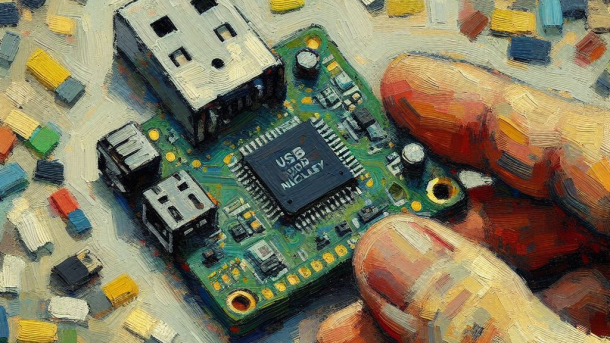This text contains instructions on how to get started with Buildroot and some first impressions from a long-time Yocto developer.
Continue reading...tutorial
Making USB Device With STM32 + TinyUSB
Have you ever wondered how USB devices are made? I sure have. Follow this tutorial to see how to create a simple USB device.
Continue reading...





